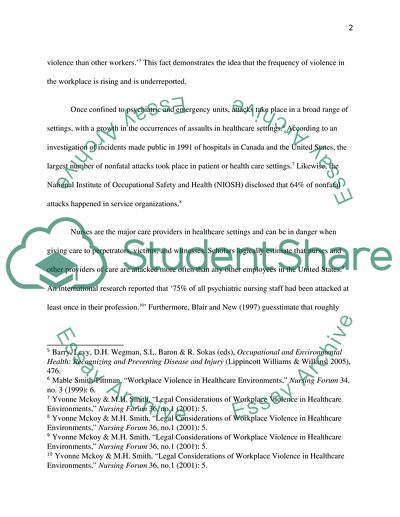Cite this document
(Workplace Violence in U.S. Health Care Settings Term Paper, n.d.)
Workplace Violence in U.S. Health Care Settings Term Paper. Retrieved from https://studentshare.org/nursing/1569462-workplace-violence-in-us-health-care-settings
Workplace Violence in U.S. Health Care Settings Term Paper. Retrieved from https://studentshare.org/nursing/1569462-workplace-violence-in-us-health-care-settings
(Workplace Violence in U.S. Health Care Settings Term Paper)
Workplace Violence in U.S. Health Care Settings Term Paper. https://studentshare.org/nursing/1569462-workplace-violence-in-us-health-care-settings.
Workplace Violence in U.S. Health Care Settings Term Paper. https://studentshare.org/nursing/1569462-workplace-violence-in-us-health-care-settings.
“Workplace Violence in U.S. Health Care Settings Term Paper”, n.d. https://studentshare.org/nursing/1569462-workplace-violence-in-us-health-care-settings.


